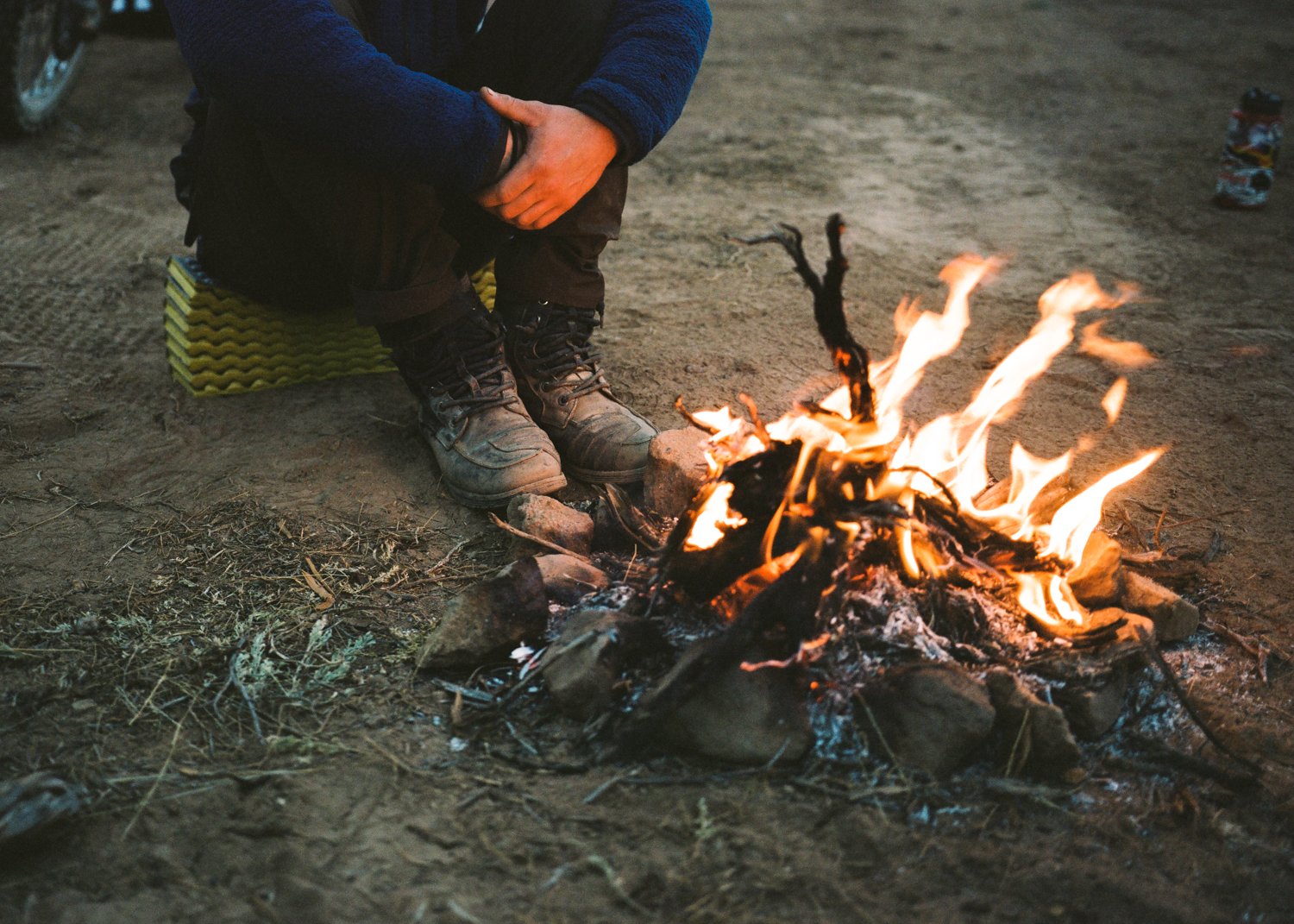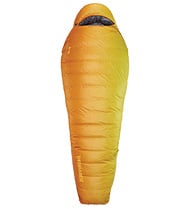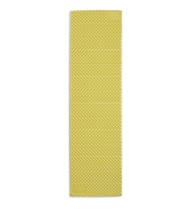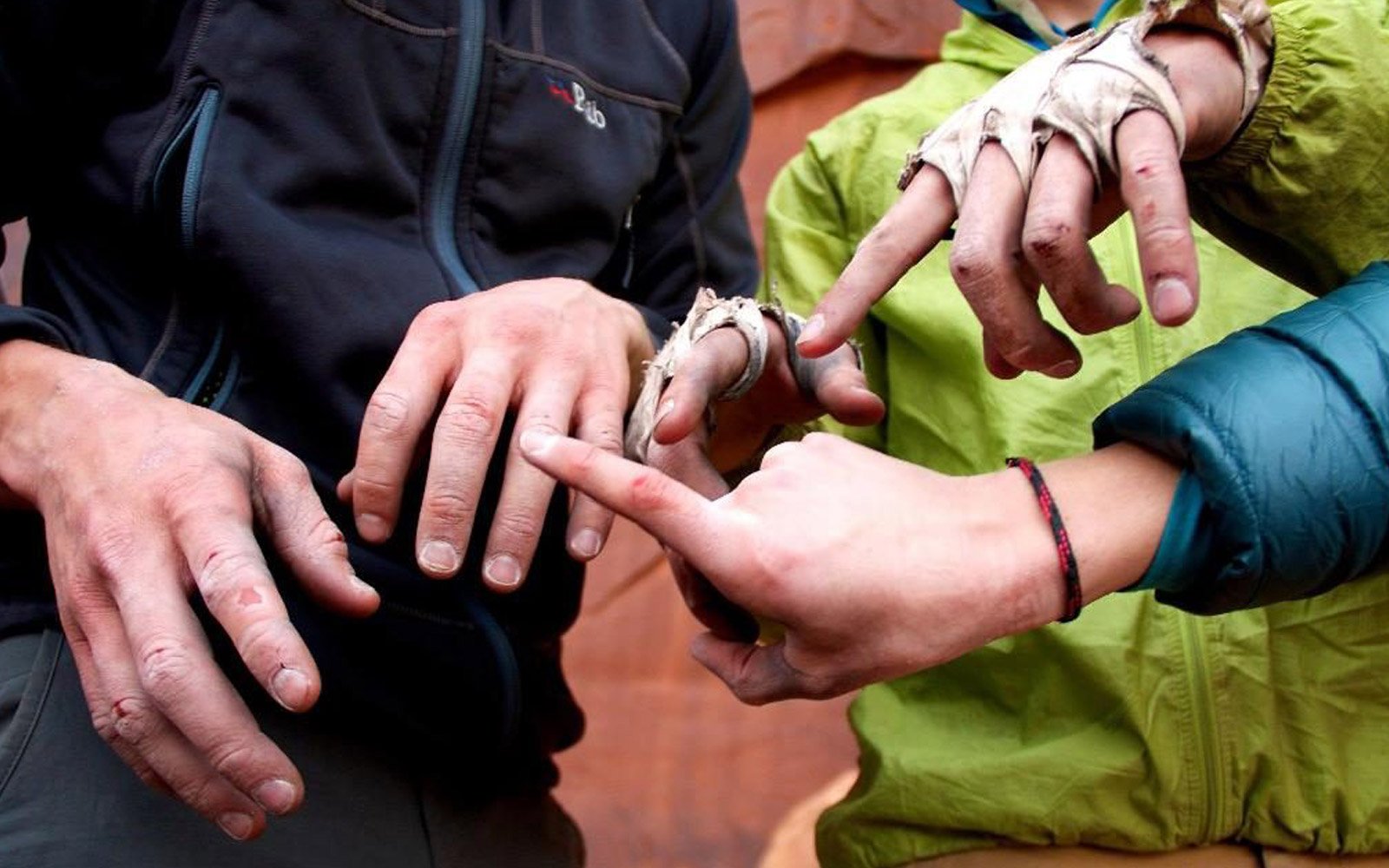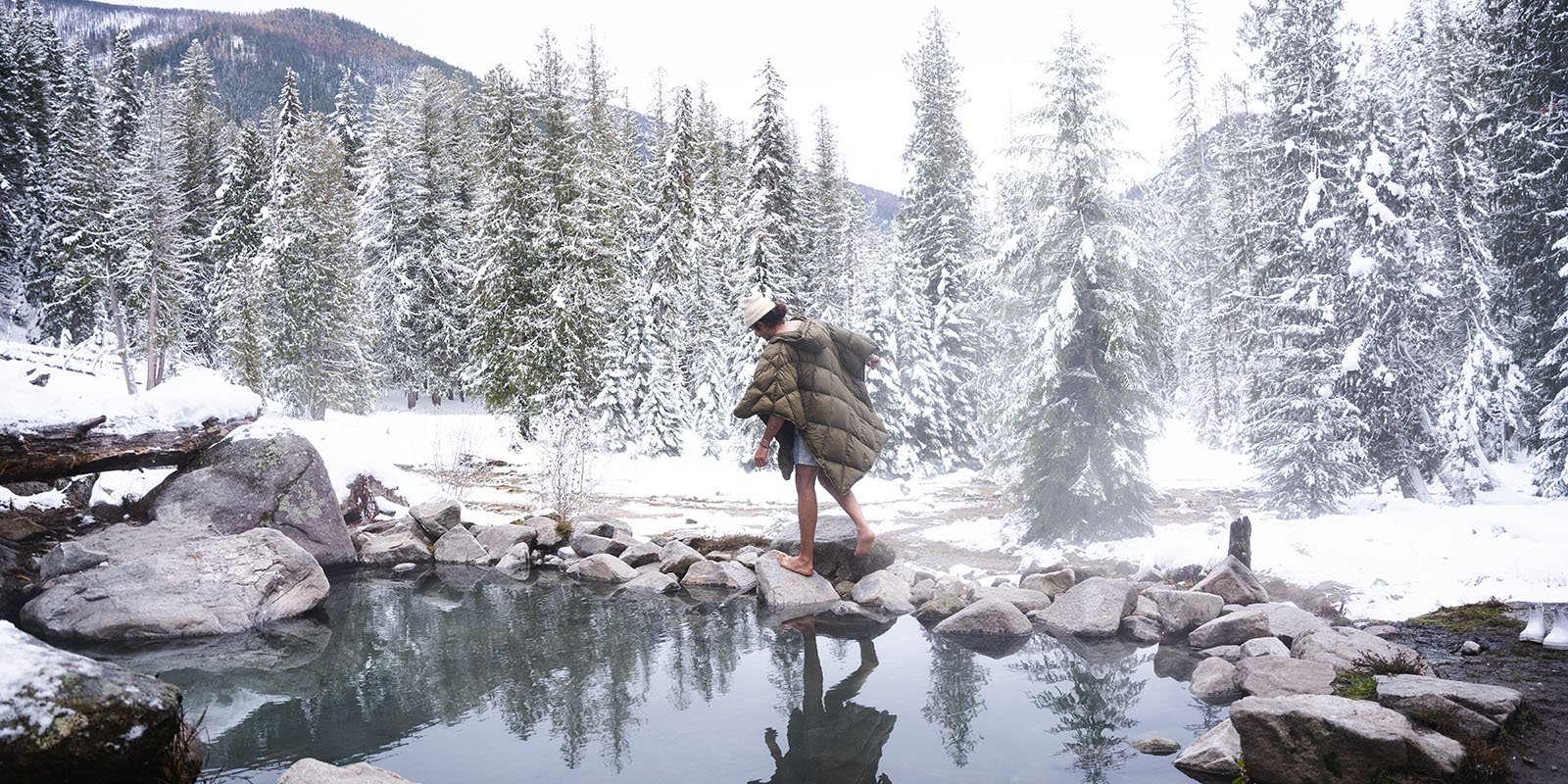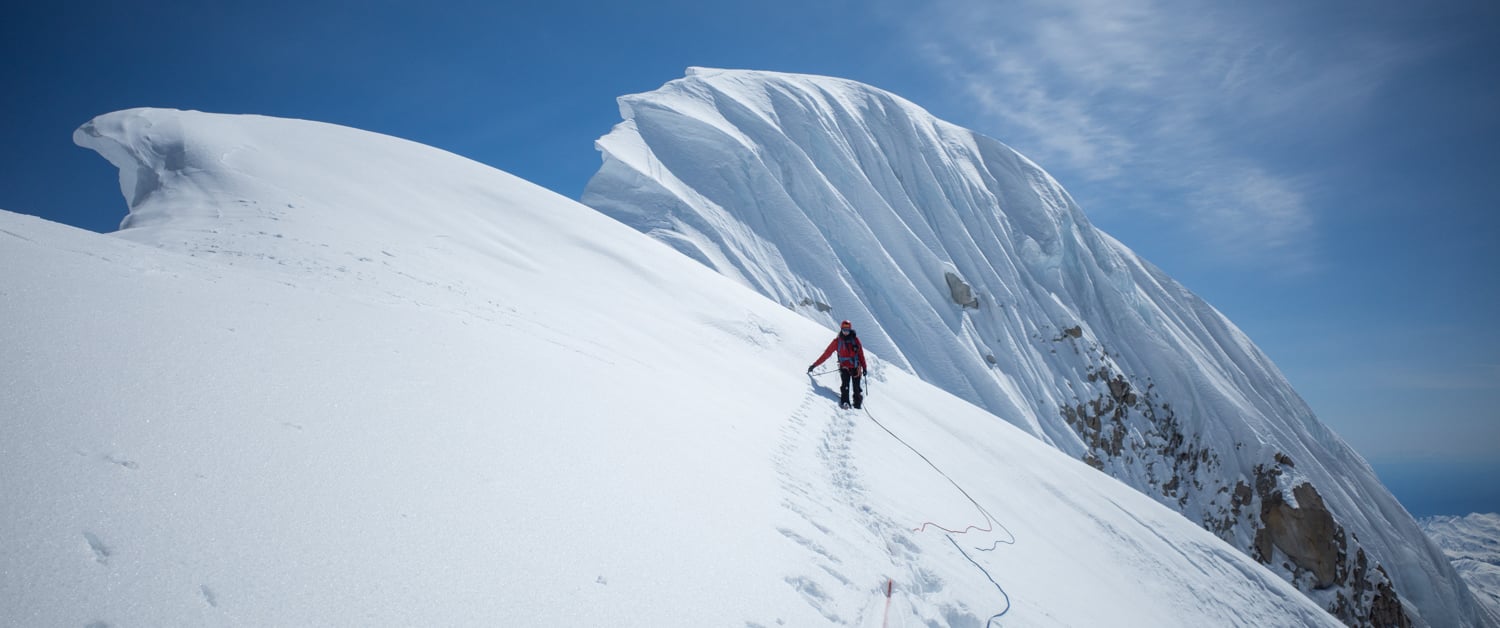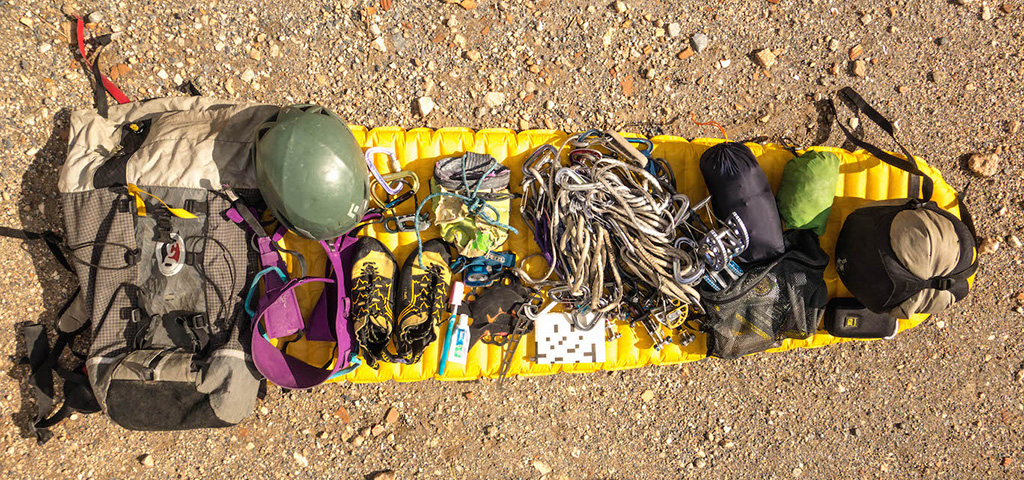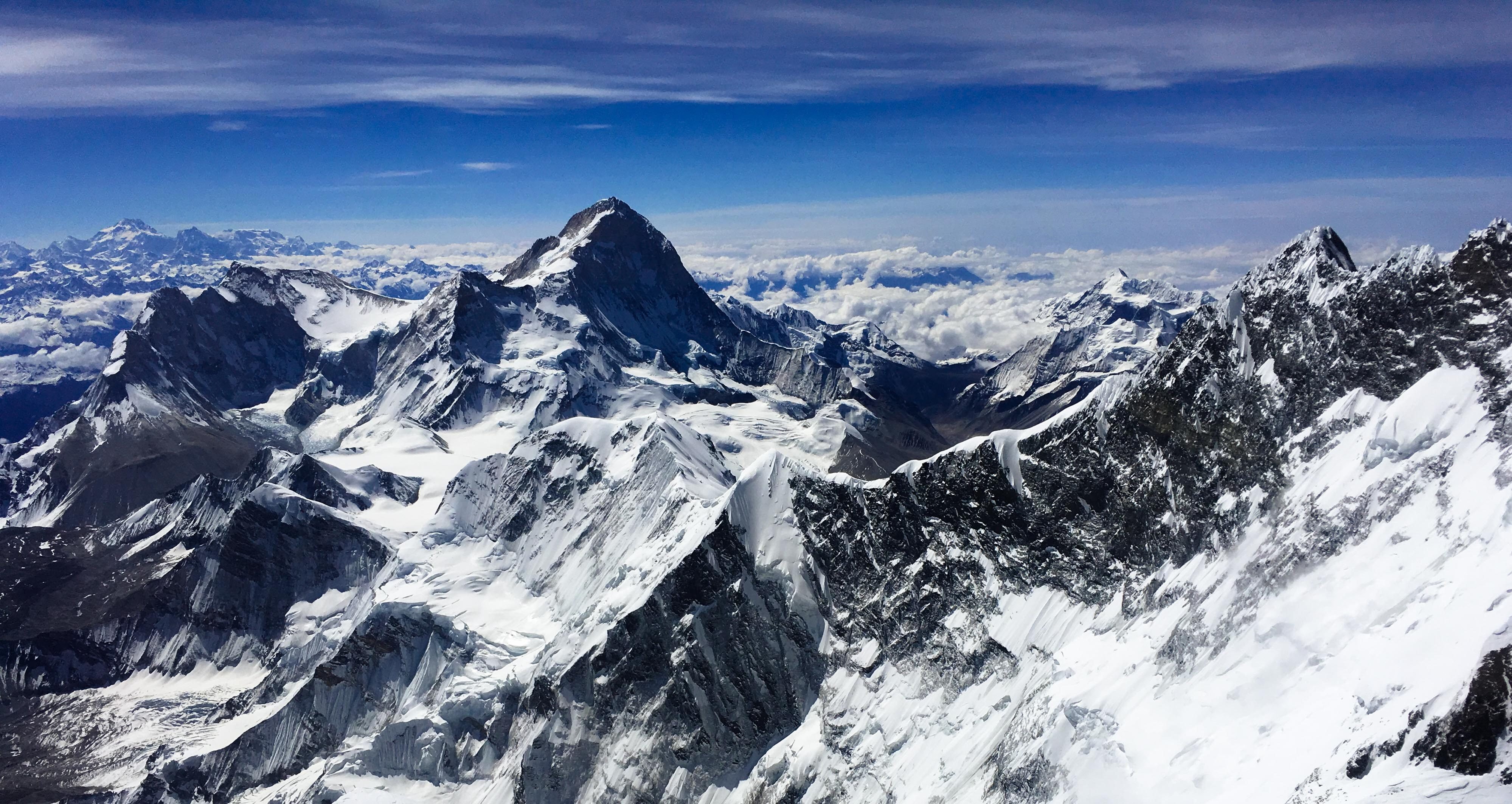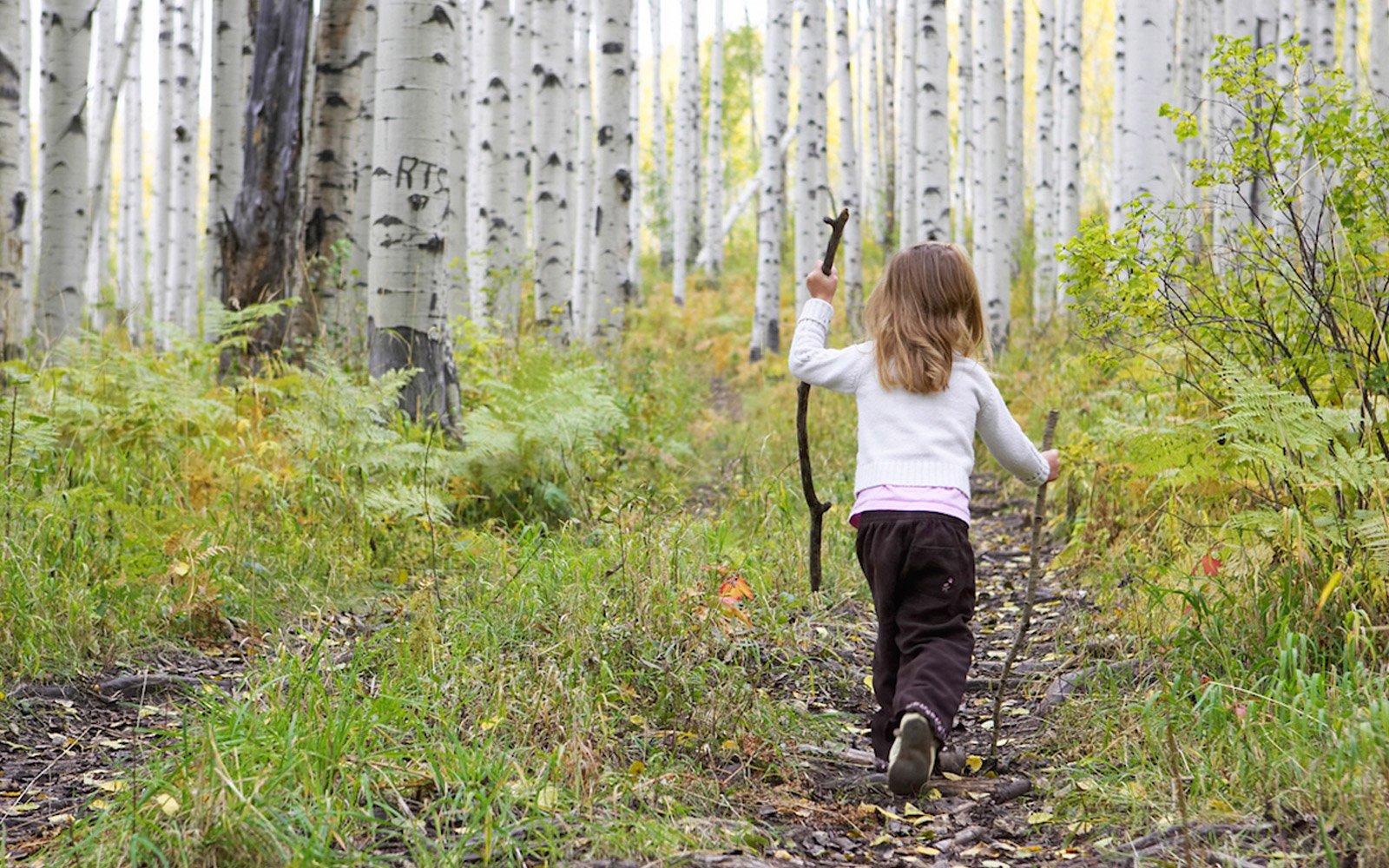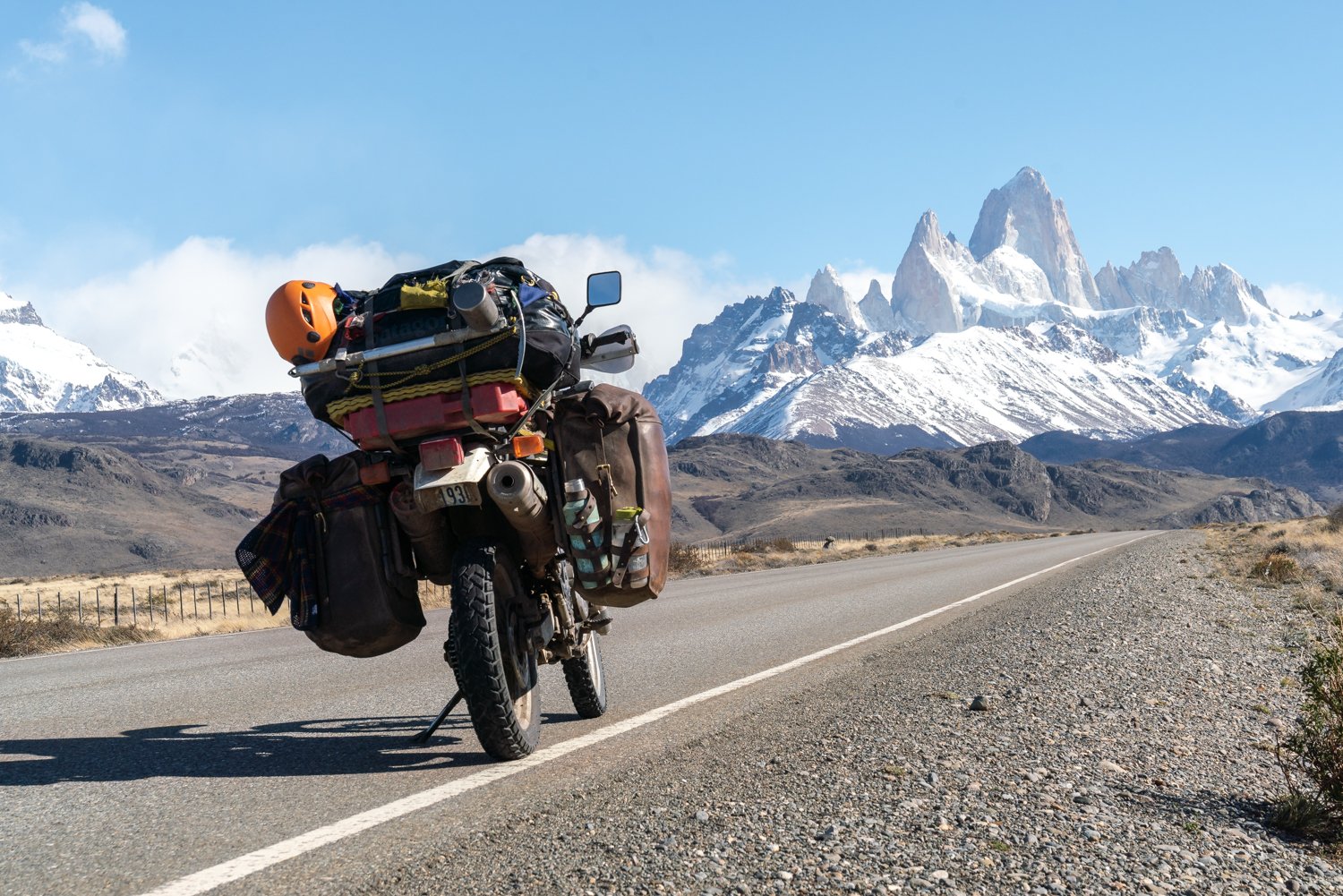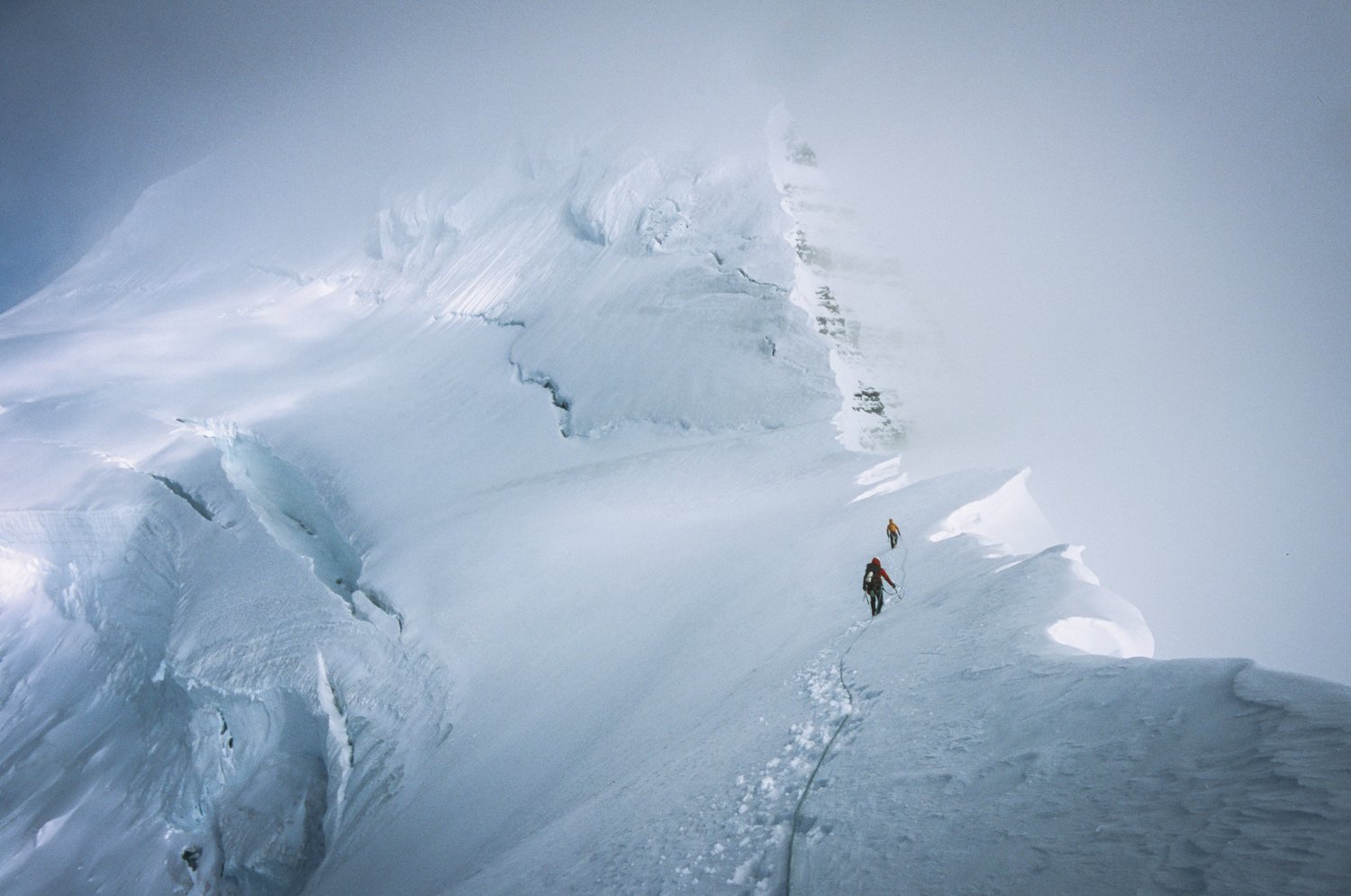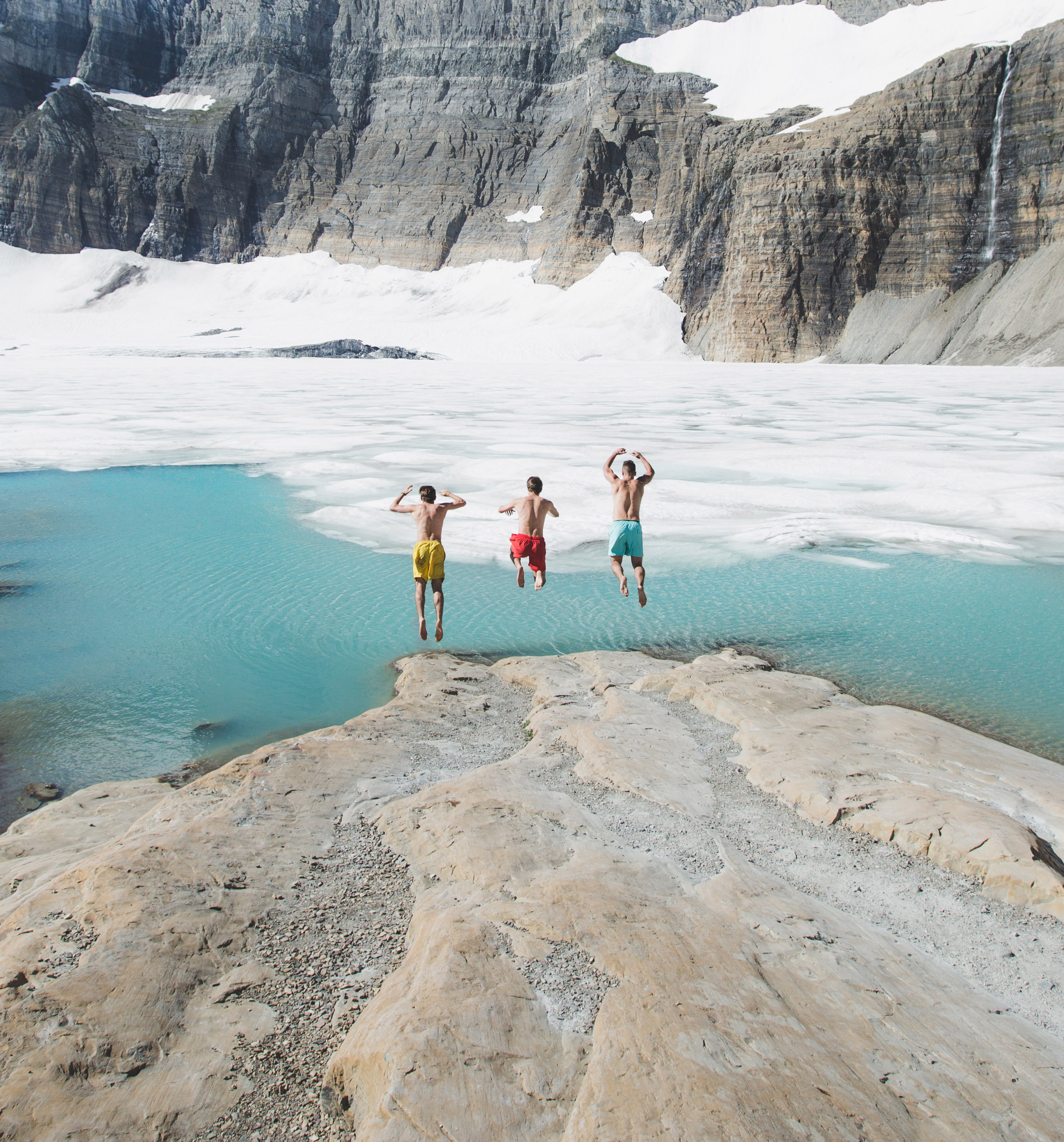As we crossed the Canadian border and entered the United States once again, a warm feeling of relief washed over me. After weeks of mountaineering and rigorous days on the motorcycle, it was good to feel like we were home.
Prior to this motorcycle trip, I’ve spent the better part of the past three years roaming around the Western States and it still feels like I’ve only seen the tip of the iceberg. The vast amount of public lands and wild spaces are what make the United States so inspiring. You could spend a lifetime exploring parks and forests and never even come close to experiencing everything they have to offer.

Our Pan American adventure is every bit a riding trip as it is a climbing trip. It’s hard to balance the two. Both demand every ounce of your attention and energy. Pursuing one usually requires sacrificing the other, but we were determined to bridge the gap as best we could.
Our faithful steeds of choice are mid 90’s Suzuki DR650’s. Although they’re often better known as more of a highway dual sport, they are just as capable off-road, especially in the hands of a skilled rider. Carrying all the necessary gear for high alpine climbs while trying to stay as light as possible for off-road riding presents a bit of a dilemma. On one hand, our climbing gear kit is as minimal as possible, not sacrificing safety but limiting the type of climbs that we can do. On the other hand, our bikes are so loaded down from climbing gear that we usually can’t pick them up by ourselves when they drop.

I was ready to get out of the unrelenting rain and bitter cold of the North, and we were all excited to spend the next few months alternating between sublime climbing and incredible riding close to home. My goal was to climb a classic peak in each region that our Pan American route passed through. You can’t get more iconic and classic than the all-American Mt Whitney and Pico de Orizaba in Mexico, which boasts the third-highest point in North America. Arriving back in the states, our friend Sterling offered to meet us in a town close to Mt. Whitney and guide us up the East Buttress before the snow hit.

Climbing and riding hard, day in and day out strains not just your own psyche but can put your relationships to the test. You may think you know someone, but you don’t truly know someone until you live off of a motorcycle with them for months on end.
Although we were living in the great outdoors and sleeping under the open sky, “space” becomes rather limited. Nearly every activity becomes communal— agreeing on what to cook for breakfast, cooking breakfast, digging out tools, deciding what to do, where to go and so on. I realized I’d probably have more personal space if I was living with three dudes in a one bedroom apartment. Learning how to live, work, and function together sometimes makes mountains look easy. This became a crucial factor while balancing our riding and climbing objectives.

While scouring over routes down through California, Allen had found an obscure dirt track in Nevada that traced several hundred challenging miles along the old Pony Express Trail. The route took us through the beautiful deserts of Nevada before cutting straight through Death Valley down to Mt. Whitney. We got our fill of tough riding, while conveniently escaping the precipitation and gloom of the normal coastal route. Coming from the far north, I’d put in enough rainy days for a lifetime, and at this point, we were all ready to avoid bad weather at all costs.
There are plenty of deserts in the world, but nothing can compare to riding a motorcycle through the American West. We embodied the cowboy lifestyle, stopping at old-as-the-hills diners on Route 50, camping under the stars, drank whiskey beside the fire, listened to the howl of coyotes, and washing away our sins in desert hot springs.

After a few days of hard riding on Allen’s Pony Express trail route, we had to rediscover our balance as we swapped our riding boots for climbing shoes. The weather looked perfect, and we hoped to be up and back in three days. Although I’ve been climbing for years, I had never done an alpine-style gear route. Although we didn’t set any speed records, we made it to the summit, symbolizing a major milestone in our grander journey, standing atop the tallest point in the lower-48 after riding down some classic Americana trails. The balance left me smiling and dog-tired as we continued our journey south.
Our next leg of riding led us through the Baja Peninsula. We enjoyed ocean-fresh fish tacos, epic waves, and too many flat tires to count, and eventually arrived in mainland Mexico. At the time, the United States government had issued a level 4 travel advisory warning in some of the states we were riding through due to drug and cartel violence. We were slightly apprehensive and the edge through the group was palpable as we moved through the region. We did our best to ride fast through dangerous areas and make wise decisions, and thankfully made it through incident free.

A few days later, we arrived at Pico de Orizaba. While other climbers were trying to coordinate expensive 4WD rides, we simply got the information from the locals and ripped up to the refuge. It was the perfect picture for why we had chosen to approach our trip in this style, fast and light with only the essentials strapped to our on-road/off-road bikes.
Pico de Orizaba volcano loomed over us, standing 18,491 tall. We’d caught wind that the Jumbo glacier wasn’t in the best of conditions and had led to a few serious accidents and even a fatality that season.
We rode up to the refuge at 14,500 feet via a hectic road system that was constantly changing due to washouts. Pico embodied our climb via motorcycle trip— a tough ride up to base camp followed by a fairly serious mountain.

While we were taking time to acclimatize at the refuge, a three-day ice storm rolled in and pinned us down in the rather drafty climbing hut. We battened down hatches and crawled inside our Oberon sleeping bags, occasionally surfacing to kick the icicles off our motorcycles. The storm conveniently spread a layer of snow over the blue ice on the glacier, improving conditions and safety as we acclimatized comfortably inside our warm bags.
The weather cleared and we left our refuge under the light of a super blood moon. The rock transitioned to snow, and before long we reached the glacier itself. We were making good time, and our spirits were high.
That is until my body began to react to the altitude. At altitude, there is no place for pride and ego. Despite feeling strong and healthy, in moments every few steps were met with a wave of nausea and weakness. Allen helped me by digging out the occasional seat in the glacier with his ice axe. I’ve experienced altitude sickness many a time, but this stands as one of the worst.

Fortunately, my mind and body somehow won the battle that day, and in a few hours, we were standing on top of Pico de Orizaba, peering over the edge of the enormous summit crater. I’ve discovered that growth and progress is so often birthed from discomfort and adversity. The tough riding, challenging relational dynamics, and strenuous climbing taught me how to embrace the ebb and flow of life on the Pan American Trail. Returning from the summit, we traded our crampons for riding boots, saddled up once again and headed for South America.
If you missed the first leg of the Pan American Trail adventure, head to “Staring Down The Long Road” to hear about the start of the journey and the crew’s time on Denali. Then read “Climbing and Risk” about the crew’s journey up the imposing Mt. Robson.
